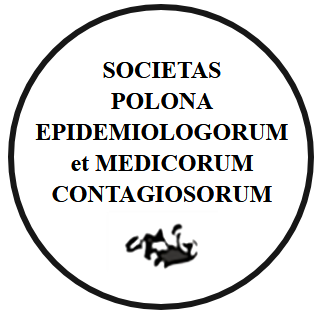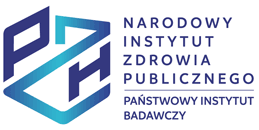ABSTRACT
Currently, Polish therapeutic entities are forced to operate in an extremely turbulent environment and pursue two main goals: economic and social. The aim of this article is to diagnose the relationship between profitability and financial liquidity in Polish self-government health care institutions by assessing basic indicators of financial liquidity and profitability. The scope of work covered 1017 self-government independent health care institutions, which systematically published their financial statements for 2016-2018. The subject of the study was to analyze the relationship between the levels of profitability and financial liquidity ratios. The study used statistical and tabular-descriptive methods. On the basis of the obtained results it can be stated that the relation between the return on sales, return on equity and return on assets and liquidity (current, fast and immediate) was positive and the strength of this relation was strong and statistically significant. There was a statistically significant negative correlation between short-term liabilities and the return on sales, assets and equity. The cash conversion cycle has a significant positive impact on profitability (and vice versa).
CONCLUSION. Entities that had higher profitability also had a higher degree of liquidity. They were also more efficient in inventory management and paid their liabilities faster. Summarizing the results of the study, it can be concluded that those entities that had higher profitability also had a higher degree of liquidity. They were also more efficient in inventory management and paid their liabilities faster.
STRESZCZENIE
Obecnie polskie podmioty lecznicze zmuszone są do działania w niezwykle dynamicznie zmieniającym się otoczeniu oraz realizują dwa główne cele: społeczny i gospodarczy. Celem niniejszego artykułu jest zdiagnozowanie zależności między rentownością a płynnością finansową w samodzielnych zakładach opieki zdrowotnej, dla których podmiotem tworzącym jest jednostka samorządu terytorialnego poprzez ocenę podstawowych wskaźników płynności finansowej i rentowności. Zakresem prac objęto 1017 samorządowych samodzielnych publicznych zakładów opieki zdrowotnej, które systematycznie publikowały swoje sprawozdania finansowe za lata 2016-2018. Przedmiotem badania była analiza relacji pomiędzy poziomami wskaźników rentowności i płynności finansowej. W opracowaniu wykorzystano metody statystyczne i tabelaryczno-deskrypcyjne. Na podstawie uzyskanych wyników można stwierdzić, że relacja pomiędzy stopą zwrotu ze sprzedaży, stopą zwrotu z kapitału własnego a stopą zwrotu z aktywów i płynnością (bieżącą, szybką i natychmiastową) była dodatnia, a siła tej relacji była silna i statystycznie istotna. Istniała istotna statystycznie ujemna korelacja pomiędzy zobowiązaniami krótkoterminowymi a poziomem zwrotu ze sprzedaży, aktywów i kapitałów własnych. Cykl konwersji gotówki ma istotny pozytywny wpływ na rentowność (i odwrotnie).
WNIOSEK. Podmioty, które miały wyższą rentowność, miały wyższy stopień płynności. Były one bardziej efektywne w zarządzaniu zapasami i szybciej regulowały swoje zobowiązania.
You can change cookies settings in your browser. Restricted use of cookies in the browser configuration may affect some functionalities of the website.





